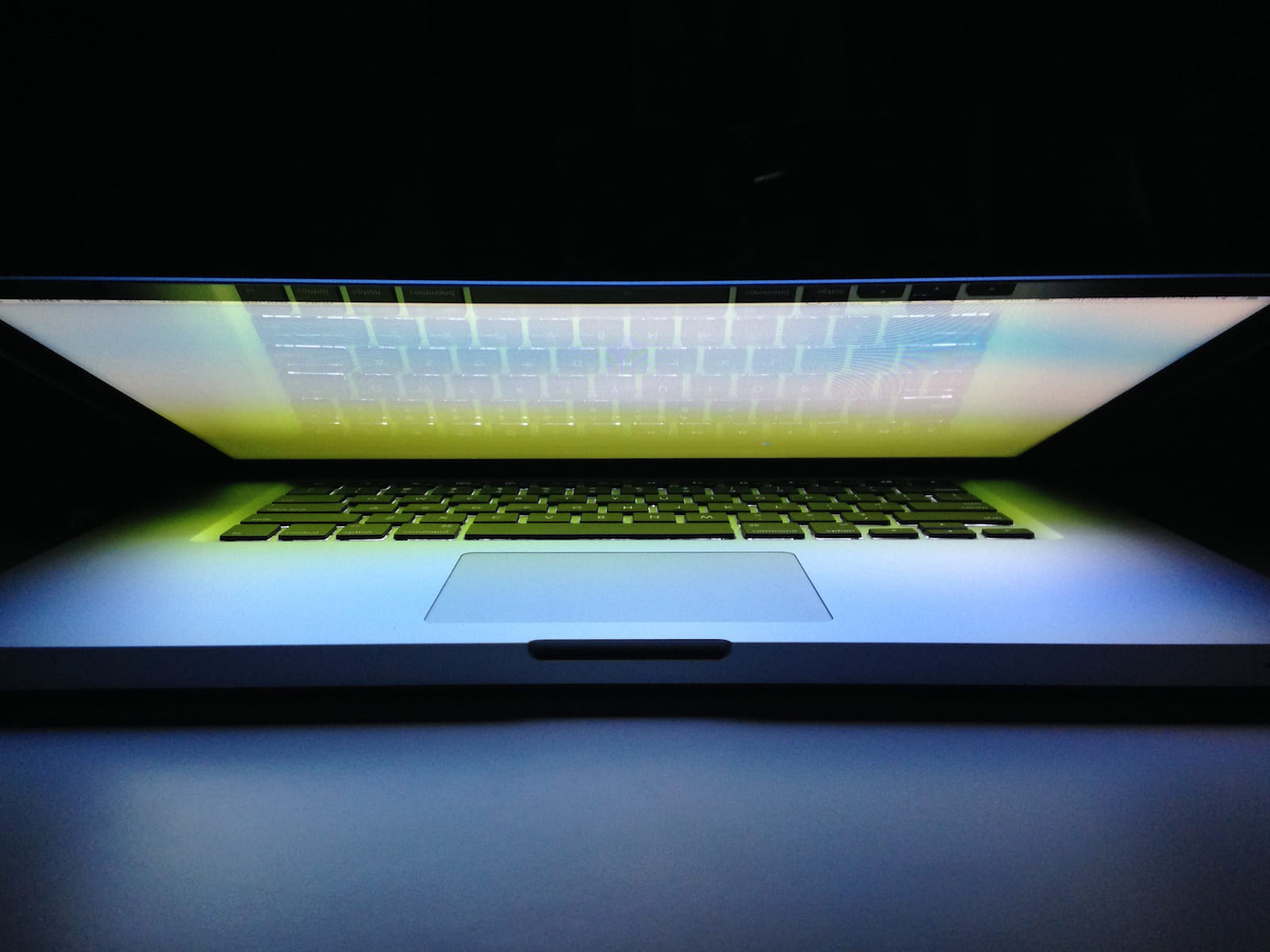Deep Blue
As a student that has for years now feverishly clacked away assignments deep into the night, f.lux is my easily most precious app. No longer do I have to be bathed in eerie, bright blue light in the night; my poor eyes instead are rewarded a much needed reprieve with a soothing, orange glow that steadily grows with the fading day.
So what exactly does this do though? Surely dimming your screen has the same effect, right? Well, not exactly. While dimming any light source at night is certainly useful in combating the negative effects blue light has at night it still does not address the root of the problem — light luminosity. On this the American Medical Association’s Council on Science and Public Health had this to say…
[Our AMA] Recognizes that exposure to excessive light at night, including extended use of various electronic media, can disrupt sleep or exacerbate sleep disorders, especially in children and adolescents. This effect can be minimized by using dim red lighting in the nighttime bedroom environment.
There are multiple academic papers published on the subject of computer screens and their effect on users’ sleep cycles and they all agree on same principle; the blue-tinged lightbulb we’re gazing at deep into the night throws off our natural sleep cycle and makes falling asleep after use difficult. f.lux is a tool that helps combat this effect by toning down the blue to help ease your tired eyes and body into the night.
If you are not already using f.lux I implore you to give it a try. For best results I highly recommend launching it in the middle of the day and leaving it be, that way you get to experience the natural, steady transition it provides as the night advances.
You can download f.lux for free here.
⌘
